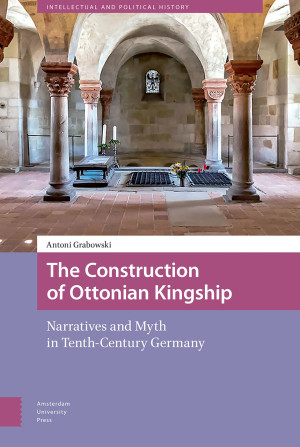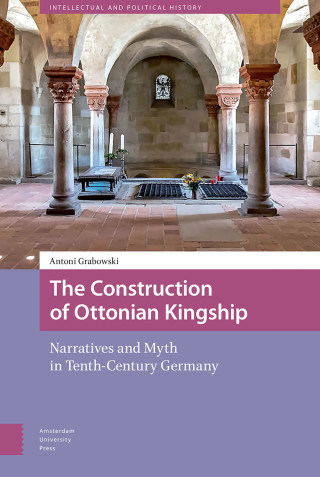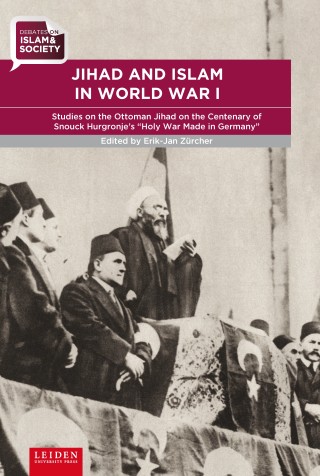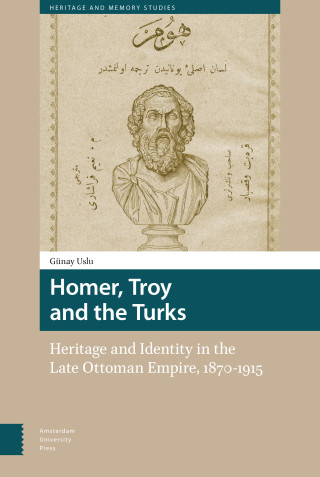Antoni Grabowski
Dr Antoni Grabowski works at the Tadeusz Manteuffel Institute of History at the Polish Academy of Sciences. He is interested in the historiography of the tenth century, its later reinterpretations, and the use of historical sources in medieval narratives.





